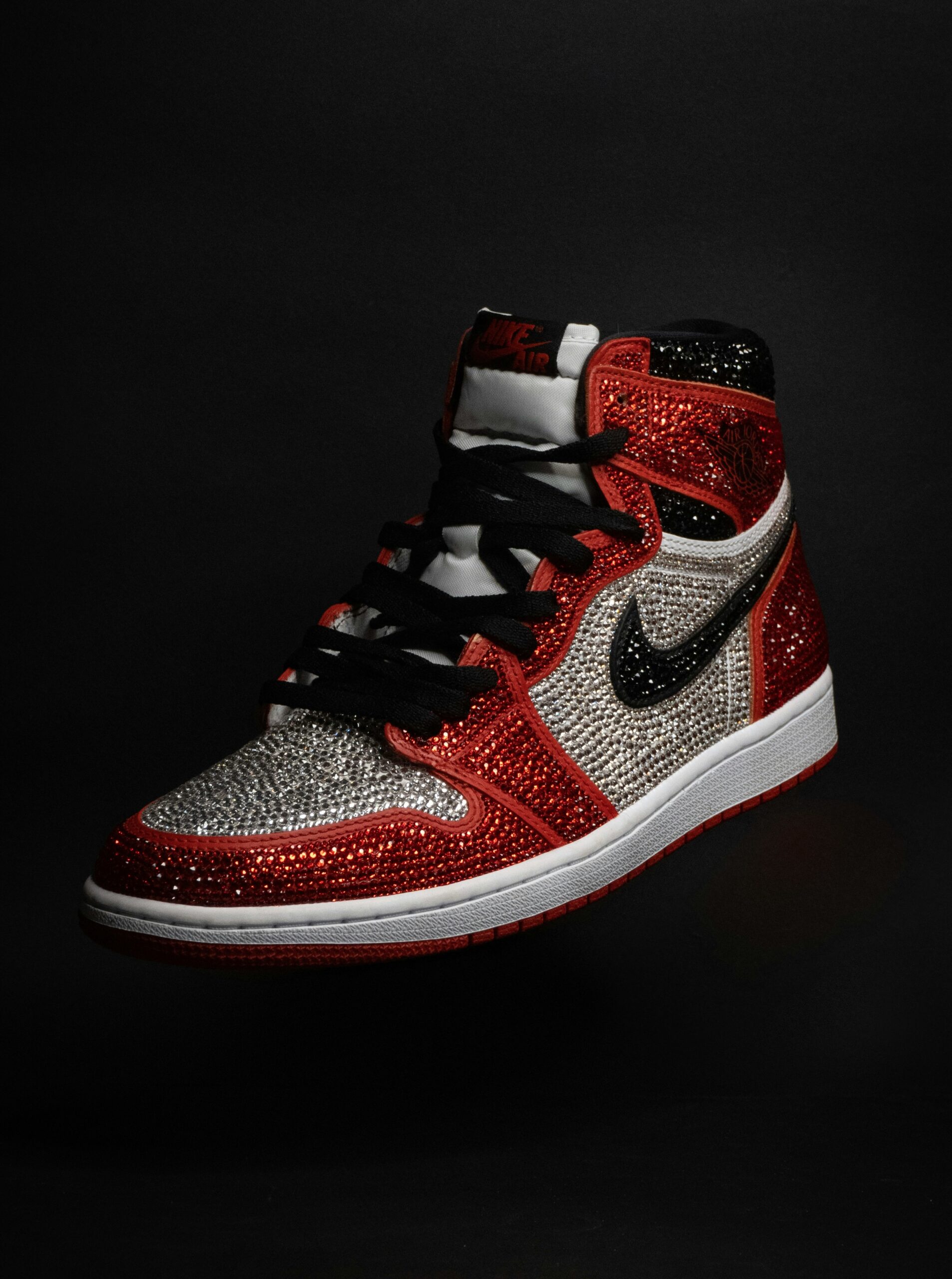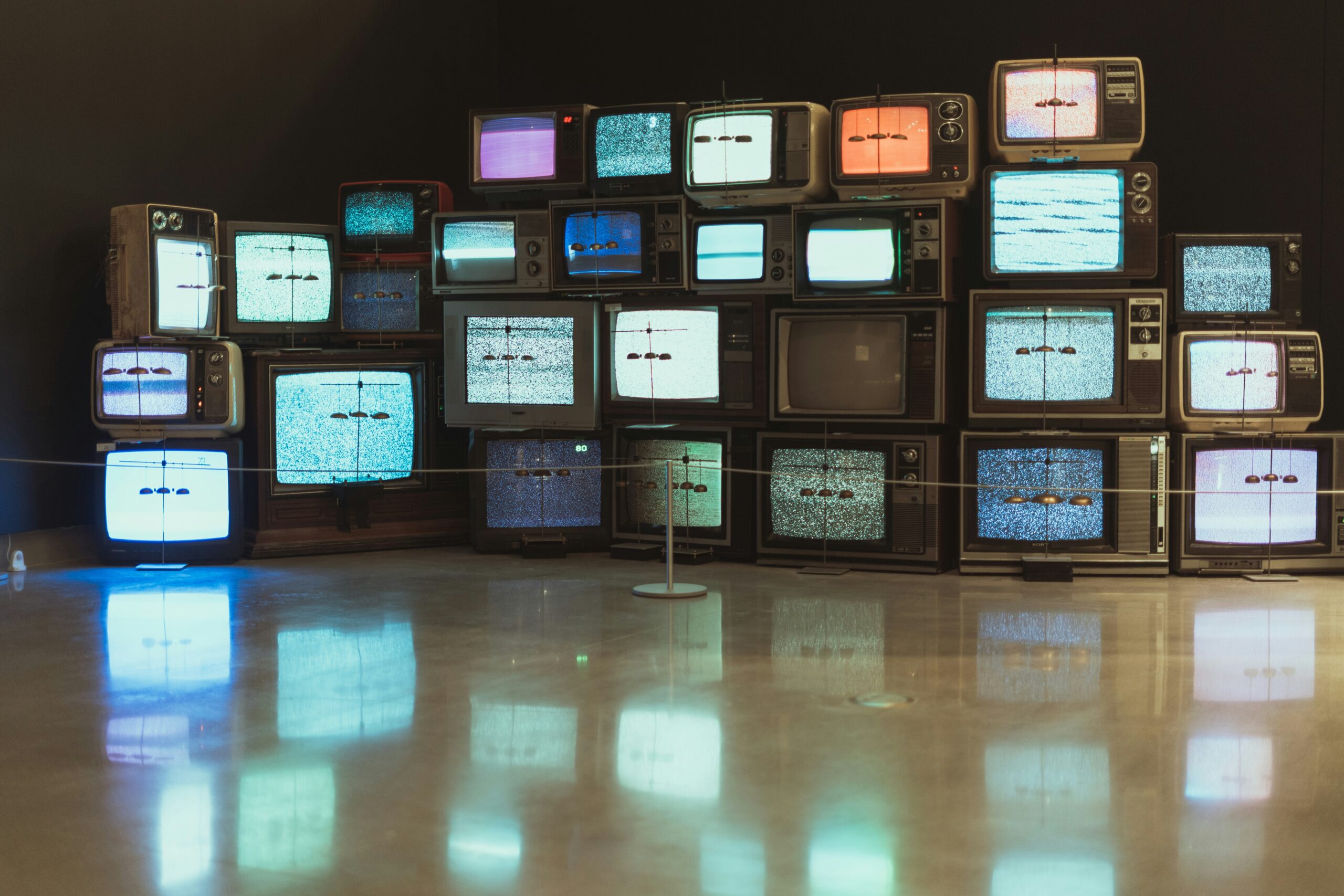Sustainable Fashion Meets Trademark Law: The Tension Between Upcycling and Brand Protection in the Secondary Resale Market
ByDeborah Maslavi
- On

It has long been the principle that trademark law aims to prevent consumer confusion about the origin of goods.[1] The first sale doctrine in Trademark Law allows a purchaser to resell a trademarked product without incurring liability for trademark infringement, provided the product is genuine and unaltered.[2] With the rise of sustainability in fashion, the secondary resale market has begun to blossom globally, with many of the largest retailers in the world adopting more circular business models.[3]
“Upcycling is the act of converting old or outdated resources into value”.[4] ThreadUp, an upcycling e-marketplace, did a study in 2023 and found that the second hand market is set to reach $350 Billion by 2027.[5] Additionally, they found that the second hand market is expected to grow “3x faster” than the overall apparel market.[6] For example an upcycler may use components from designer merchandise like buttons, old fabric from dust bags and leather with Trademarks. The evolution of fashion and the push to sustainable practices have generated an ethical dilemma of wanting to protect trademark rights but also incentivize the upcycling second hand good markets.[7]
Upcycling, especially from luxury brands, raises legal concerns including post-sale confusion, brand dilution, and diversion of sales. A notable case brought by Nike Inc. against the “Shoe Surgeon” Dominic Ciamborne. The Shoe Surgeon is an bespoke artist who makes custom designs on the classic Nike Air Force shoes as well as other pieces.[8] In its complaint, Nike states the following:
“As detailed herein, this is not a case concerning only Ciambrone’s large-scale infringement of Nike’s rights through his “Shoe Surgeon” customization business. Rather, Nike seeks to enjoin Ciambrone and the other Defendants in their attempts to build an entire multifaceted retail empire through their unauthorized use of Nike’s trademark rights and the associated goodwill that Nike spent decades accruing. What may have begun several years ago as Ciambrone’s relatively uncontroversial “one-of-one customizations on commission” has now, with the help and direction of former customer turned business partner Imbimbo, transformed into an egregious display of widespread infringement that has even crossed into willful counterfeiting of iconic Nike products.”
Among other complaints of counterfeiting, Nike filed a trademark infringement complaint noting that Ciambrone and his company S2, Inc. “sell infringing products that combine Nike’s trademarks with other rights holders” trademarks and that the ‘unauthorized’ collaborations are likely to cause significant consumer confusion’.[9] Adding value to Airforce sneakers and then selling them can bring consumer confusion and therefore infringe on Nike’s Trademark.[10]
Nike has not only been targeting Ciambrone, Nike has also filed suit against Customs by Ilene, Inc. in July 2022 for counterfeit distribution, false designation of origin and trademark infringement.[11] Like the Shoe Surgeon, Customs by Ilene purchases wholesale footwear to use in custom orders. Customers place an order online and are assigned an artist to create a specialized shoe design.[12] “The purpose of a trademark is to separate brands from competitors and serve as a guarantee of quality for consumers. As a result, any alterations to the Nike logo or associated product are a threat to the trademark.”[13]
In December 2022, Louis Vuitton (LV) sued Sandra Ling Designs, alleging trademark infringement.[14] Ling sold apparel, handbags, and accessories made from purported authentic pre-owned LV goods.[15] Although the courts did not make a decision the case was settled and Ling agreed to a permanent injunction and paid damages of around $600,000.[16]
Case Law has demonstrated that any material alterations on a trademarked work cannot be sold and will have trademark infringement implications. In Green v. Electric Vacuum Cleaner Co., 132 F.2d 312, the court held that a purchaser of goods does not acquire ownership of the trademark attached to them and cannot sell such goods after altering them without removing the original trademark, as this constitutes infringement.[17]
In Rolex Watch, U.S.A., Inc. v. Michel Co., 179 F.3d 704, the court found that substantial alterations to Rolex watches by the defendant were deceptive and likely to cause consumer confusion, thus constituting trademark infringement. The court emphasized that the alterations created a new product entirely, and the district court’s failure to completely enjoin the use of Rolex’s trademarks on these altered watches was an abuse of discretion.[18]
Chanel has also asserted trademark infringement claims in this manner. In February 2021, it filed suit against Shiver + Duke based on the unauthorized misappropriation of Chanel’s trademarks.[19] In the suit, Chanel alleged claims of federal trademark infringement, unfair competition, and trademark dilution.[20] Chanel argued that by using its widely recognizable trademarks, Shiver + Duke intended to profit off the “goodwill that Chanel has created in its mark through decades of use.”[21] The Southern District of New York entered judgment in favor of Chanel, permanently enjoining upcycling Shiver + Duke from refashioning authentic Chanel buttons bearing the CC monogram and putting such buttons on chains, earrings, and bracelets.[22] This demonstrates brand dilution and confusion because designs were being created with the CC monogram that could have been perceived to be authentic Chanel jewelry. This confusion could harm the brand identity because of a lack of quality. Further, Shiver + Duke are profiting off this confusion as well as the CC trademark and therefore are infringing through this act of upcycling.
The legal struggles faced by Nike, Rolex, and Chanel exemplify the fine line between supporting sustainability and protecting trademark integrity. While upcycling and customization are popular trends that appeal to consumers interested in unique, sustainable fashion, they often run afoul of trademark protections when unauthorized alterations occur. Artists and entrepreneurs seeking to innovate within the resale market must navigate these restrictions carefully, as material changes to a product are unlikely to be shielded by the first sale doctrine if they suggest endorsement by the original brand.[23] The fashion industry is seeing a shift toward eco-friendly practices, yet brand protection remains crucial to maintain the association of quality and authenticity that trademarks represent.
Balancing sustainability with trademark rights continues to be a challenge. As brands adapt to the evolving marketplace, they may need to find creative ways to allow for customization and upcycling while maintaining brand integrity and legal safeguards. A great example of a successful upcycle brand is Brabus. It has partnered with many luxury automotive brands like Mercedes and Bentley to modify the look of the cars creating additional value that the luxury brands themselves benefit from.[24] Through licensing deals independent artists may be able to launch sustainable upcycling markets of luxury goods.
Deborah Yadidi Maslavi is a Second Year Law Student at the Benjamin N. Cardozo School of Law and a Staff Editor at the Cardozo Arts & Entertainment Law Journal. Deborahis interested in fashion law and trademark. Deborah is also on the NYC bar association’s construction law committee. Deborah is currently working as a legal extern at Betterment.
[1] 15 U.S.C. § 1114.
[2] U.S. Dep’t of Just., Crim. Res. Manual § 1854 https://www.justice.gov/archives/jm/criminal-resource-manual-1854-copyright-infringement-first-sale-doctrine#:~:text=The%20first%20sale%20doctrine%2C%20codified,interests%20of%20the%20copyright%20owner. [https://perma.cc/PE8H-WBYE].
[3] ThreadUp Resale Report 2023, https://cf-assets-tup.thredup.com/resale_report/2023/thredUP_2023_Resale_Report_FINAL.pdf [https://perma.cc/5GUZ-F8NP](last modified April 2023).
[4] Eda Stark, The Implications of Upcycled Products for Brand and Trademark Owners, https://ipwatchdog.com/2023/06/27/implications-upcycled-products-brand-trademark-owners/id=162671/
[5] Id.
[6] Id.
[7]Victoria Lepesant, Redressing Sustainable Fashion Practices: Upcycling As A Defense to Trademark Infringement, 10 Tex. A&M L. Rev. 335, 336 (2023)
[8] About SRGN Studios, https://www.thesurgeon.com/pages/about-us [https://perma.cc/VT3G-EVCB] (last visited Nov. 10, 2024)
[9] Complaint at 1, Nike, Inc., v. S2, Inc. et al, No. 05307 (S.D.N.Y. 2024) https://cdn.prod.website-files.com/63af905cf3e172aac17359a8/669555d5f3f1b5ee22f69cc1_Nike_Inc_v_S2_Inc_dba_The_Shoe_Surgeon_et__nysdce-24-05307__0001.0.pdf
[10] U.S. Patent & Trademark Off., Likelihood of Confusion, https://www.uspto.gov/trademarks/search/likelihood-confusion (Nov. 30, 2023 10:00 AM EST)
[11] McKenna Nelson, The Legality of Customization in the Sneaker Industry, LINKEDIN (June 14, 2023), https://www.linkedin.com/pulse/legality-customization-sneaker-industry-mckenna-sork/ [https://perma.cc/G84E-HFVP].
[12] Id.
[13] McKenna Nelson, The Legality of Customization in the Sneaker Industry, LINKEDIN (June 14, 2023), https://www.linkedin.com/pulse/legality-customization-sneaker-industry-mckenna-sork/ [https://perma.cc/G84E-HFVP].
[14] Louis Vuitton Malletier S.A.S. v. Sandra Ling Designs 2021 WL 3742024.
[15] Id.
[16] Id.
[17] Green v. Electric Vacuum Cleaner Co., 132 F.2d 312.
[18] Rolex Watch, U.S.A., Inc. v. Michel Co., 179 F.3d 704.
[19] Complaint at 1, 24, Chanel, Inc. v. Shiver and Duke, LLC, No. 1:21-cv-01277 (S.D.N.Y. Feb. 21, 2021).
[20] Id.
[21] Id.
[22] Steve Brachmann, The Implications of Upcycled Products for Brand and Trademark Owners, IPWATCHDOG (June 27, 2023),https://ipwatchdog.com/2023/06/27/implications-upcycled-products-brand-trademark-owners/id=162671/ [https://perma.cc/ES9A-MEPV].
[23] Id.
[24] Who We Are, BRABUS, https://www.brabus.com/en-int/brand/who-we-are.html [https://perma.cc/5UXY-LGKS] (last visited Nov. 10, 2024).


